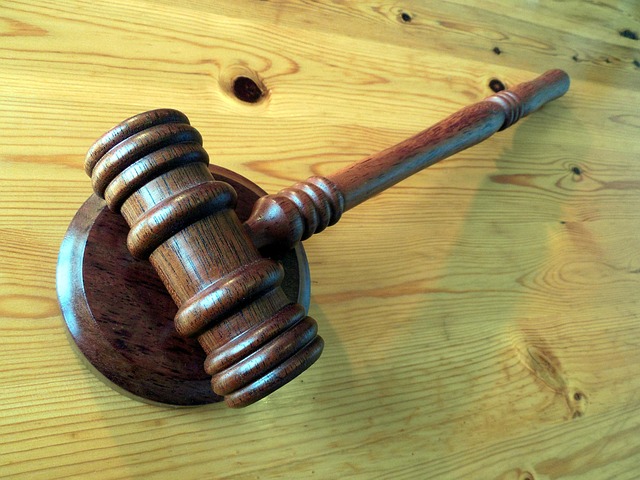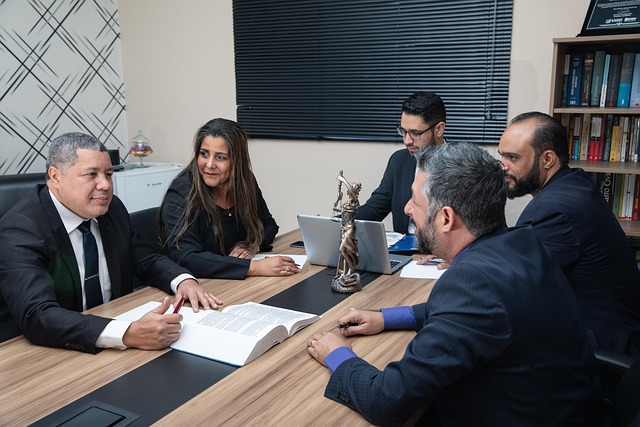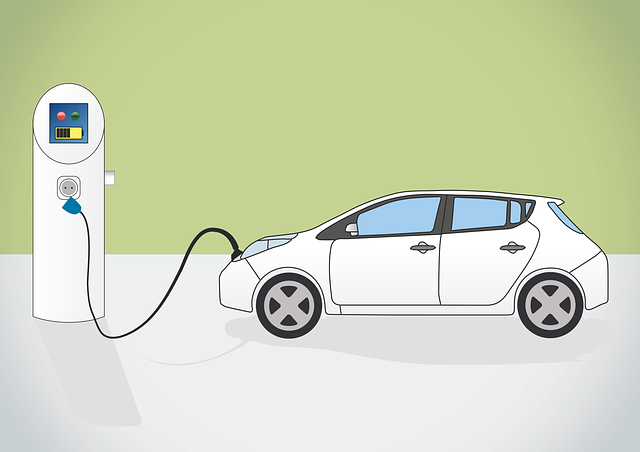Pedestrian accident injuries range from minor to severe, including contusions, fractures, traumatic brain injuries (TBI), or fatalities. Immediate medical attention is crucial for victims, with healthcare professionals assessing and guiding recovery timelines. Understanding injury types and severity is vital for both victims and their support networks, impacting compensation claims in personal injury lawsuits. Engaging an experienced accident attorney can facilitate this process, ensuring victims receive adequate compensation for pain, suffering, medical bills, and lost wages. Recovery timelines vary based on age, injury type, and subsequent challenges like insurance disputes or caregiver abuse.
Pedestrian accidents can lead to a range of injuries, with recovery times varying greatly depending on the severity and type of wound. This comprehensive guide explores common pedestrian accident-related injuries and their respective healing timelines. We delve into the factors influencing recovery duration, offering insights that cater to both victims and those supporting them. Understanding these variables is crucial for navigating the road to recovery, ensuring timely care, and managing expectations.
- Understanding Pedestrian Accident Injuries: A Comprehensive Overview
- Recovery Timelines for Common Pedestrian Accident-Related Wounds
- Factors Influencing Recovery Duration and Outcomes in Pedestrian Accidents
Understanding Pedestrian Accident Injuries: A Comprehensive Overview

Pedestrian accident injuries can vary greatly depending on the nature and force of the impact. These range from minor contusions and fractures to severe traumatic brain injuries (TBI) or even fatalities. Understanding the types and severity of common pedestrian accident injuries is crucial for both victims and their support networks, as it informs recovery timelines and the process of seeking compensation through personal injury claims.
In the event of a pedestrian accident, immediate medical attention is vital. A thorough assessment by healthcare professionals can help categorize injuries, which in turn guides treatment protocols. Severe injuries may require urgent surgery or specialized care, while less critical ones might be managed conservatively. Insurance coverage dispute resolution often hinges on these initial determinations and subsequent recovery timelines. Engaging the services of an experienced accident attorney can facilitate this process, ensuring victims receive adequate compensation for their pain, suffering, medical bills, and lost wages.
Recovery Timelines for Common Pedestrian Accident-Related Wounds

Pedestrian accidents can lead to a range of injuries, each with its own recovery timeline. Understanding these timelines is crucial for those involved in such incidents, as it can impact legal proceedings and personal healing journeys. Common pedestrian accident-related wounds include soft tissue damage, fractures, head traumas, and internal injuries. Soft tissue injuries, like sprains and strains, typically heal within a few weeks to months with proper care, but severe cases might require longer recovery periods.
Fractures often necessitate immobilization and can take several weeks or even months to heal fully, depending on the bone’s complexity. Head traumas vary widely in severity, from mild concussions that may resolve within days to serious injuries that could lead to long-term cognitive issues. Internal injuries, such as organ damage, are more severe and often require immediate medical attention. Recovery timelines for these can range from a few months to years, emphasizing the need for adequate medical care and support during the healing process. Considering the potential impact on one’s life, many injured pedestrians turn to an experienced car accident attorney or employment contracts specialist if their injuries were due to someone else’s negligence.
Factors Influencing Recovery Duration and Outcomes in Pedestrian Accidents

Pedestrian accident injuries vary widely in severity, leading to diverse recovery timelines. Several factors significantly influence both the duration and outcomes for victims. Age is a critical consideration; younger individuals often heal faster due to robust physical conditions, whereas older adults might face longer recovery periods because of pre-existing health conditions or reduced mobility. The nature and severity of injuries are paramount. Traumatic brain injuries (TBI), fractures, and internal organ damage typically require extensive rehabilitation and can extend recovery by months.
Additionally, the immediate medical attention received after the accident plays a pivotal role. Prompt access to quality healthcare enhances survival rates and improves overall outcomes. However, insurance disputes or caregiver abuse during the recovery process can introduce complications and prolong healing. Engaging the services of an auto accident lawyer may be necessary to navigate such challenges, ensuring victims receive fair compensation and adequate care throughout their recovery journey from pedestrian accident injuries.
Pedestrian accident injuries can significantly impact individuals’ lives, with recovery timelines varying based on severity and unique personal factors. Understanding common types of wounds and their healing processes is crucial for victims navigating the road to recovery. By recognizing the influences of age, health status, and injury complexity, those affected can set realistic expectations and make informed decisions during their journey towards physical and emotional healing. This knowledge empowers pedestrians to seek appropriate care and support, ensuring a more positive outcome in the aftermath of such incidents.





